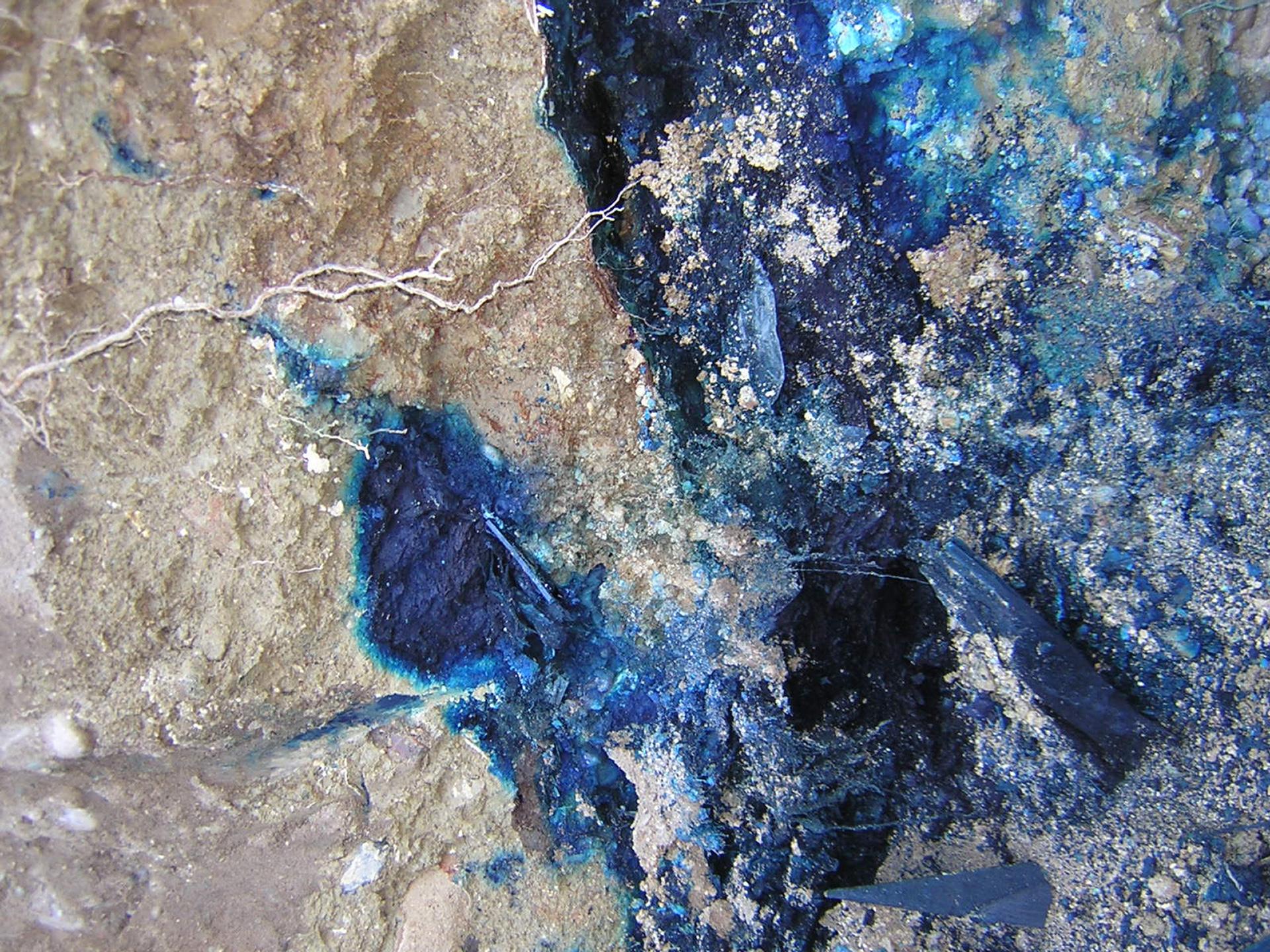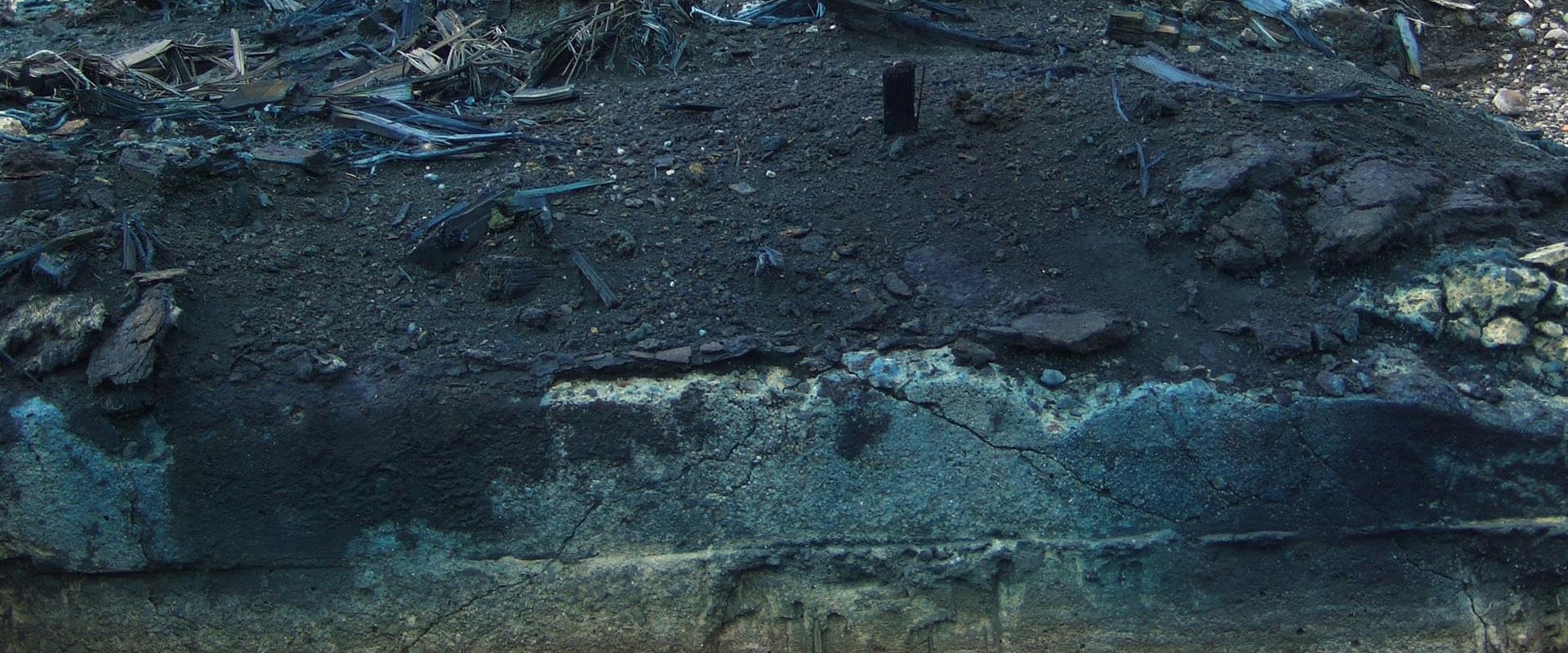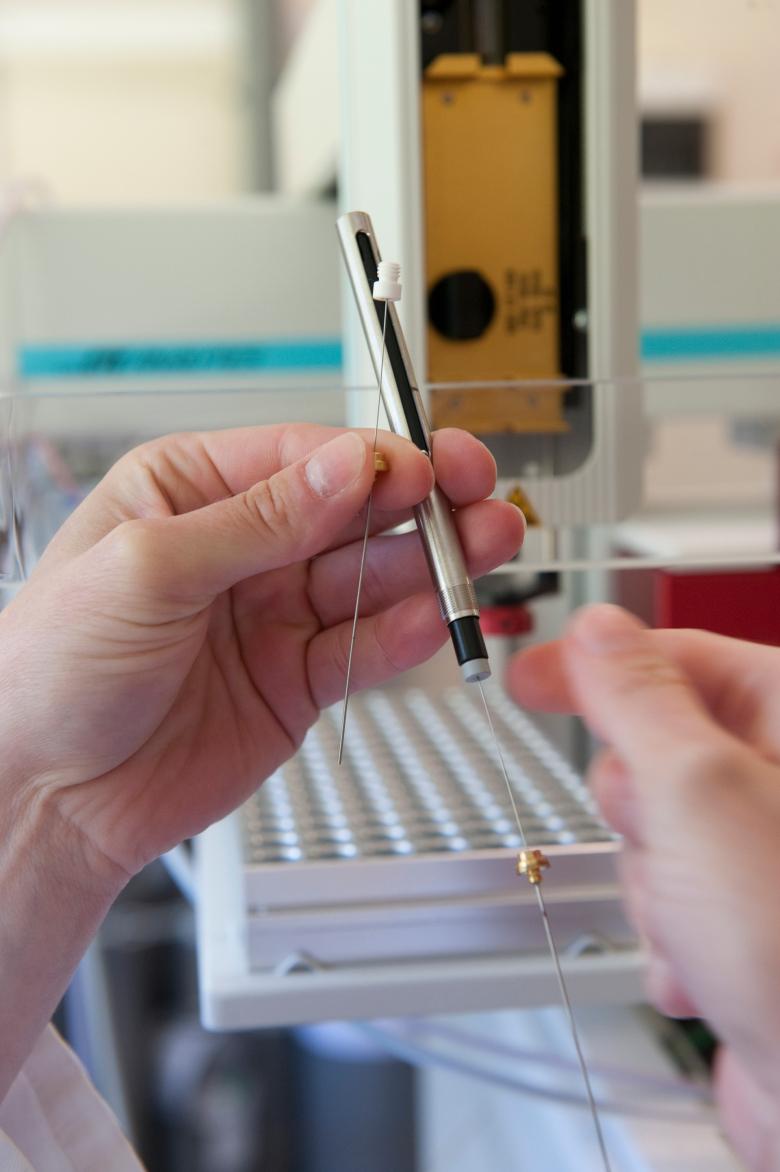To manage polluted sites and groundwater, it is essential that the attenuation of organic pollutants, which involves the environment's natural depollution capacities, is accurately measured and monitored. The monitoring results can determine the design and implementation of different depollution options, depending on the effectiveness of natural attenuation.
By combining gas chromatography with mass spectrometry, BRGM teams can separate the molecules and identify them by their isotopes. This means we can monitor changes in the isotopic signature of the target pollutants as they degrade. By drawing on all known data on degradation, especially of hydrocarbons and chlorinated compounds, BRGM have developed a highly effective approach, with which we can handle concentrations as low as those found at the very edges of a pollution plume.
A demonstration project has already validated the method at a former coke production plant and a filling station. In combination with modelling, this isotopic monitoring methods enables us to build up projections of the rate of degradation of pollutants at contaminated sites. Because it produces concrete results very quickly, it is a promising method for site managers.
Environmental forensics
Isotopic techniques can also be applied to environmental forensics to identify sources of pollution - and responsibilities.
Future developments could see the method transposed to other pollutant families, such as pesticides, for which we still do not have enough hindsight or analytical references. The work is only just beginning.

At a site where a gas plant and a filling station could both have polluted the soil and groundwater, the CSIA method will discriminate between different sources of pollutants after identifying the potential sources and their respective signatures and assessing how far they have degraded in the environment.








